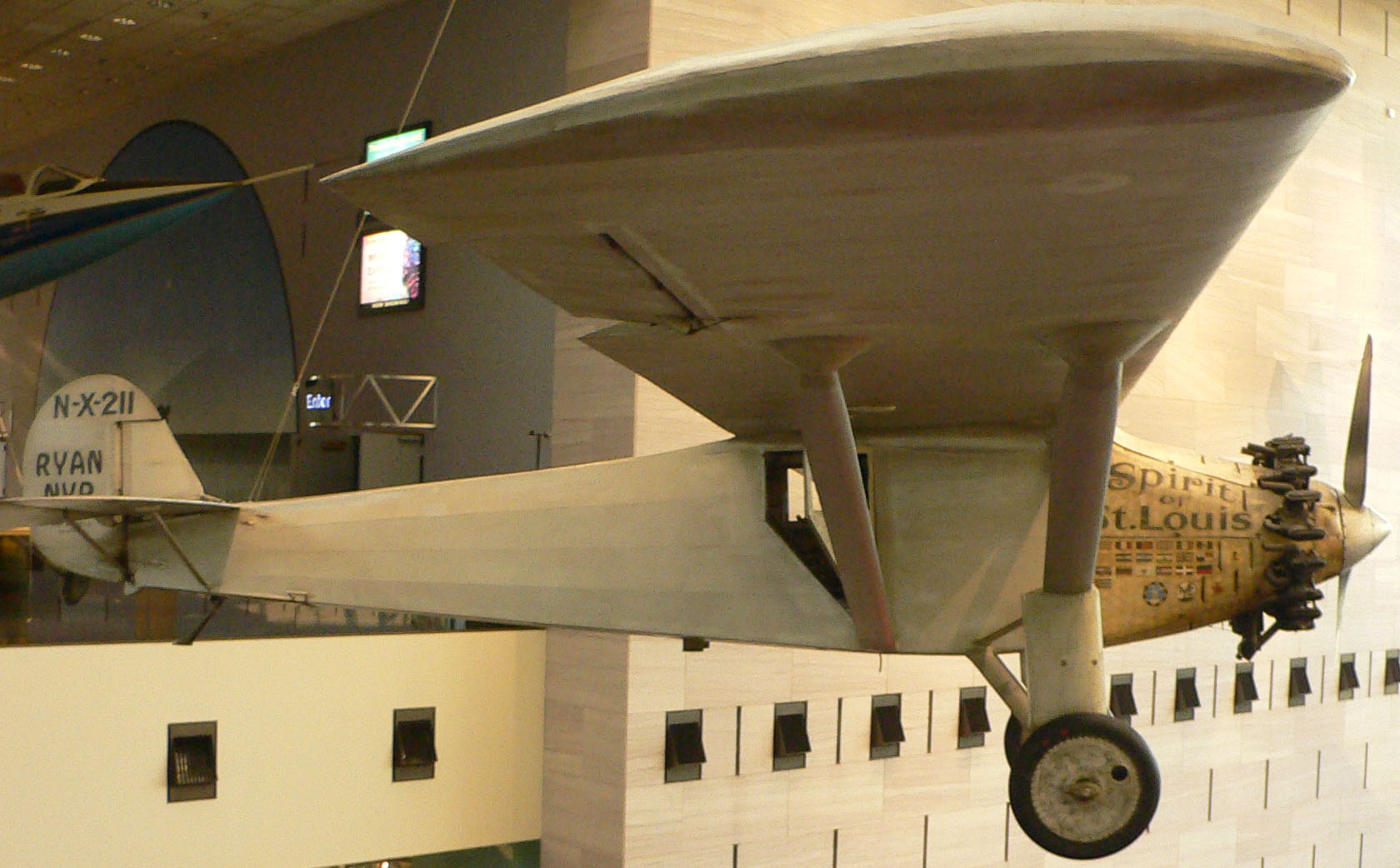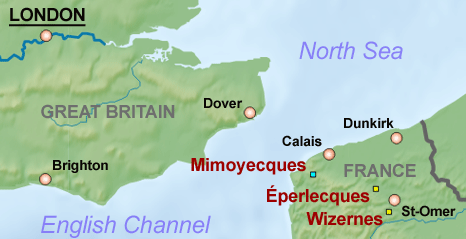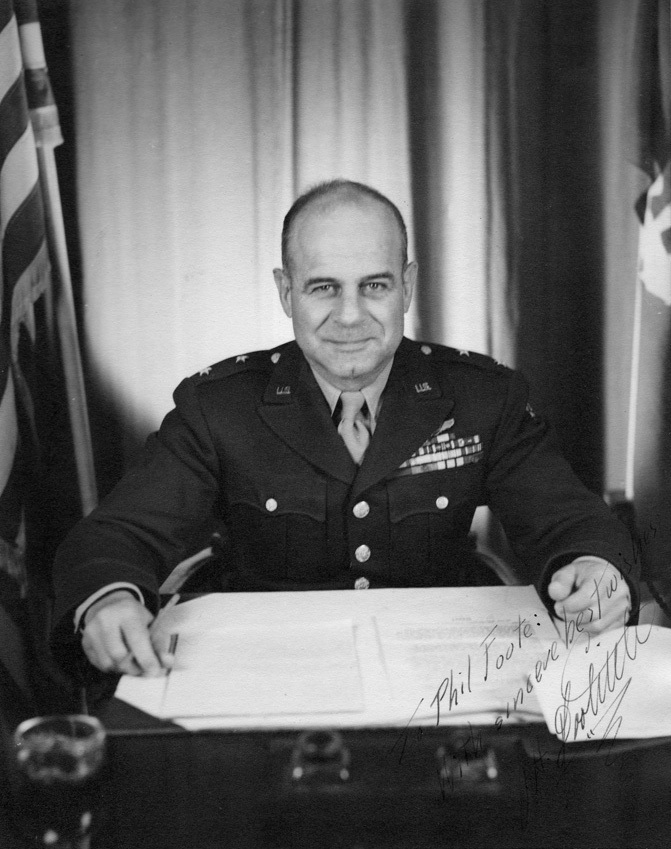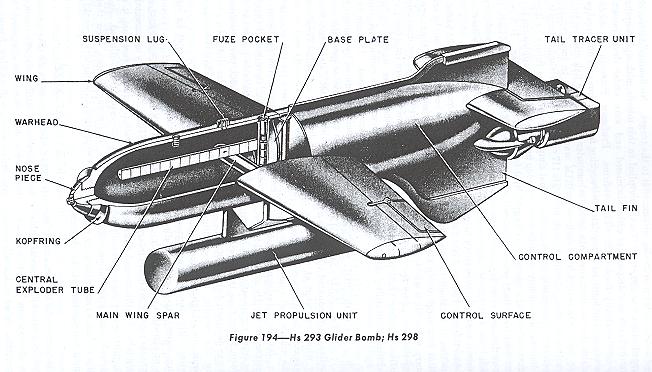|
Henschel Hs 117
The Henschel Hs 117 ''Schmetterling'' (German for ''Butterfly'') was a radio-guided German surface-to-air missile project developed during World War II. There was also an air-to-air version, the Hs 117H. The operators used a telescopic sight and a joystick to guide the missile by radio control, which was detonated by Acoustics, acoustic and Photoelectric effect, photoelectric proximity fuses, at . Development In 1941, Professor Herbert A. Wagner (who was previously responsible for the Henschel Hs 293 anti-ship missile) invented the Schmetterling missile and submitted it to the Ministry of Aviation (Nazi Germany), Reich Air Ministry (RLM), who rejected the design because there was no need for more anti-aircraft weaponry. However, by 1943 the Defence of the Reich, large-scale bombing of Germany caused the RLM to change its mind, and Henschel was given a contract to develop and manufacture it. The team was led by Professor Wagner, and it produced a weapon somewhat resembling a bot ... [...More Info...] [...Related Items...] OR: [Wikipedia] [Google] [Baidu] |
National Air And Space Museum
The National Air and Space Museum (NASM) of the Smithsonian Institution is a museum in Washington, D.C., in the United States, dedicated to history of aviation, human flight and space exploration. Established in 1946 as the National Air Museum, its main building opened on the National Mall near L'Enfant Plaza in 1976. In 2023, the museum welcomed 3.1 million visitors, making it the list of most-visited museums in the United States, fourth-most visited museum in the United States and List of most-visited museums, eleventh-most in the world. The museum is a center for research into the history and science of aviation and spaceflight, as well as planetary science and terrestrial geology and geophysics. Almost all of its spacecraft and aircraft on display are original primary or backup craft (rather than facsimiles). Its collection includes the Apollo 11 Command module Columbia, Command Module ''Columbia'', the Mercury-Atlas 6, ''Friendship 7'' capsule which was flown by John Glenn, ... [...More Info...] [...Related Items...] OR: [Wikipedia] [Google] [Baidu] |
Joystick
A joystick, sometimes called a flight stick, is an input device consisting of a stick that pivots on a base and reports its angle or direction to the device it is controlling. Also known as the control column, it is the principal control device in the cockpit of many civilian and military aircraft, either as a centre stick or side-stick. It has various switches to control functions of the aircraft controlled by the Pilot and First Officer of the flight. Joysticks are often used to control video games, and usually have push-buttons whose state can be read by the computer. A popular variation of the joystick used on modern video game consoles is the analog stick. Joysticks are also used for controlling machines such as cranes, trucks, underwater unmanned vehicles, wheelchairs, surveillance cameras, and Zero-turn mower, zero turning radius lawn mowers. Miniature finger-operated joysticks have been adopted as input devices for smaller electronic equipment such as mobile phones. A ... [...More Info...] [...Related Items...] OR: [Wikipedia] [Google] [Baidu] |
Dornier Do 217
The Dornier Do 217 was a bomber used by the German ''Luftwaffe'' during World War II. It was a more powerful development of the Dornier Do 17, known as the ''Fliegender Bleistift'' (German: "flying pencil"). Designed in 1937-38 as a heavy bomber but not meant to be capable of the longer-range missions envisioned for the larger Heinkel He 177, the Do 217's design was refined during 1939 and production began in late 1940. It entered service in early 1941 and by the beginning of 1942 was available in significant numbers. The Dornier Do 217 had a much larger bomb load and a much greater range than the Do 17. In later variants, dive bombing and maritime strike capabilities using glide bombs were experimented with, considerable success being achieved. Early Do 217 variants were more powerful than the contemporary Heinkel He 111 and Junkers Ju 88, having a greater speed, range and bomb load. Owing to this it was called a heavy bomber rather than a medium bomber. The Do 217 served on al ... [...More Info...] [...Related Items...] OR: [Wikipedia] [Google] [Baidu] |
Hans Kammler
Hans Kammler (26 August 1901 – after October 1945) was an SS-''Obergruppenführer'' responsible for Nazi civil engineering projects and its top secret V-weapons program. He oversaw the construction of various Nazi concentration camps, including Auschwitz, before being put in charge of the V-2 rocket and Emergency Fighter Programs towards the end of World War II. Kammler disappeared in May 1945 during the final days of the war, although conjecture about his capture or death remains. Early life Kammler was born in Stettin, German Empire (now Szczecin, Poland). In 1919, after volunteering for army service, he served in the Rossbach ''Freikorps''. From 1919 to 1923, he studied civil engineering at the Technische Hochschule der Freien Stadt Danzig and Munich and was awarded his doctorate of engineering (Dr. Ing.) in November 1932, following some years of practical work in local building administration. Nazi activist In 1931, Kammler joined the Nazi Party (NSDAP), where he held a ... [...More Info...] [...Related Items...] OR: [Wikipedia] [Google] [Baidu] |
Obergruppenführer
(, ) was a paramilitary rank in Nazi Germany that was first created in 1932 as a rank of the ''Sturmabteilung'' (SA) and adopted by the ''Schutzstaffel'' (SS) one year later. Until April 1942, it was the highest commissioned SS rank after only . Translated as "senior group leader", the rank of was senior to '' Gruppenführer''. A similarly named rank of existed in the SA from 1929 to 1930 and as a title until 1933. In April 1942, the new rank of was created which was above and below . Creation and history The rank of was created in 1932 by Ernst Röhm and was intended as a seniormost rank of the Nazi stormtroopers for use by Röhm and his top SA generals. In its initial concept, the rank was intended to be held by members of the ''Oberste SA-Führung'' (Supreme SA Command) and also by veteran commanders of certain ''SA-Gruppen'' (SA groups). Some of the early promotions to the rank included Ernst Röhm, Viktor Lutze, Edmund Heines, August Schneidhuber, and Frit ... [...More Info...] [...Related Items...] OR: [Wikipedia] [Google] [Baidu] |
Heinkel He 111
The Heinkel He 111 is a German airliner and medium bomber designed by Siegfried and Walter Günter at Heinkel Flugzeugwerke in 1934. Through development, it was described as a wolf in sheep's clothing. Due to restrictions placed on Germany after the First World War prohibiting bombers, it was presented solely as a civil airliner, although from conception the design was intended to provide the nascent Luftwaffe with a heavy bomber. Perhaps the best-recognised German bomber of World War II due to the distinctive, extensively glazed "greenhouse" nose of the later versions, the Heinkel He 111 was the most numerous Luftwaffe bomber during the early stages of the war. It fared well until it met serious fighter opposition during the Battle of Britain, when its defensive armament was found to be inadequate. As the war progressed, the He 111 was used in a wide variety of roles on every front in the European theatre. It was used as a strategic bomber during the Battle of Britain, a to ... [...More Info...] [...Related Items...] OR: [Wikipedia] [Google] [Baidu] |
Bottlenose Dolphin
The bottlenose dolphin is a toothed whale in the genus ''Tursiops''. They are common, cosmopolitan members of the family Delphinidae, the family of oceanic dolphins. Molecular studies show the genus contains three species: the common bottlenose dolphin (''Tursiops truncatus''), the Indo-Pacific bottlenose dolphin (''Tursiops aduncus''), and Tamanend's bottlenose dolphin (''Tursiops erebennus''). Others, like the Burrunan dolphin (''Tursiops (aduncus) australis''), may be alternately considered their own species or be subspecies of ''T. aduncus''. Bottlenose dolphins inhabit warm and temperate seas worldwide, being found everywhere except for the Arctic and Antarctic Circle regions. Their name derives from the Latin ''tursio'' (dolphin) and ''truncatus'' for the truncated teeth (the type specimen was old and had worn down teeth; this is not a typical characteristic of most members of the species). Numerous investigations of bottlenose dolphin intelligence have bee ... [...More Info...] [...Related Items...] OR: [Wikipedia] [Google] [Baidu] |
Henschel
Henschel & Son () was a German company, located in Kassel, best known during the 20th century as a maker of transportation equipment, including locomotives, trucks, buses and trolleybuses, and armoured fighting vehicles and weapons. Georg Christian Carl Henschel founded the factory in 1810 at Kassel. His son Carl Anton Henschel founded another factory in 1837. In 1848, the company began manufacturing locomotives. The factory became the largest locomotive manufacturer in Germany by the 20th century. Henschel built 10 articulated steam trucks, using Doble steam designs, for Deutsche Reichsbahn railways as delivery trucks. Several cars were built as well, one of which became Hermann Göring's staff car. In 1935 Henschel was able to upgrade its various steam locomotives to a high-speed Streamliner type with a maximum speeds of up to by the addition of a removable shell over the old steam locomotive. In 1918, Henschel began the production of gearboxes at the Kassel plant. In Ja ... [...More Info...] [...Related Items...] OR: [Wikipedia] [Google] [Baidu] |
Defence Of The Reich
The Defence of the Reich () is the name given to the military strategy, strategic defensive aerial campaign fought by the Luftwaffe of Nazi Germany over German-occupied Europe and Germany during World War II against the Allied Strategic bombing during World War II, strategic bombing campaign. Its aim was to prevent the destruction of German civilians, military and civil industries by the Allies of World War II, Western Allies. The day and night air battles over Germany during the war involved thousands of aircraft, units and aerial engagements to counter the Allies bombing campaigns. The campaign was one of the longest in the history of aerial warfare and with the Battle of the Atlantic and the Allied Blockade of Germany (1939–1945), naval blockade of Germany was the longest of the war. The Luftwaffe fighter force defended the airspace of German-occupied Europe against attack, first by RAF Bomber Command and then against the RAF and United States Army Air Forces (USAAF) in the ... [...More Info...] [...Related Items...] OR: [Wikipedia] [Google] [Baidu] |
Ministry Of Aviation (Nazi Germany)
The Ministry of Aviation (, abbreviated RLM) was a government department during the period of Nazi Germany (1933–45). It is also the original name of the Detlev-Rohwedder-Haus building on the Wilhelmstrasse in central Berlin, Germany, which houses the modern German Finance Ministry (). The Ministry was in charge of development and production of all aircraft developed, designed, and built in Germany during the existence of the Third Reich, overseeing all matters concerning both military and civilian designs – it handled military aviation matters as its top priority, particularly for the Luftwaffe. As was characteristic of government departments in the Nazi era, the Ministry was personality-driven and formal procedures were often ignored in favour of the whims of the Minister, '' Reichsmarschall'' Hermann Göring. As a result, early successes in aircraft development progressed only slowly and erratically during World War II. History The Ministry was formed on 27 April 19 ... [...More Info...] [...Related Items...] OR: [Wikipedia] [Google] [Baidu] |
Henschel Hs 293
The Henschel Hs 293 was a World War II Nazi Germany, German Command guidance, radio-guided glide bomb. It is the first operational anti-shipping missile, first used unsuccessfully on 25 August 1943 and then with increasing success over the next year, damaging or sinking at least 25 ships. Allied efforts to jam the radio control link were increasingly successful despite German efforts to counter them. The weapon remained in use through 1944 when it was also used as an air-to-ground weapon to attack bridges to prevent the Allied breakout after D-Day, but proved almost useless in this role. Development The Hs 293 project started in 1940, based on the "Gustav Schwartz Propellerwerke" pure glide bomb designed in 1939. The Schwartz design did not have a terminal guidance system; instead, it used an autopilot to maintain a straight course. It was intended to be launched from a bomber at sufficient distance to keep the aircraft out of range of anti-aircraft artillery, anti-aircraft ... [...More Info...] [...Related Items...] OR: [Wikipedia] [Google] [Baidu] |
Proximity Fuse
A Proximity Fuse (also VT fuse or "variable time fuze") is a fuse that detonates an explosive device automatically when it approaches within a certain distance of its target. Proximity fuses are designed for elusive military targets such as aircraft and missiles, as well as ships at sea and ground forces. This sophisticated trigger mechanism may increase lethality by 5 to 10 times compared to the common contact fuse or timed fuse. Background Before the invention of the proximity fuze, detonation was induced by direct contact, a timer set at launch, or an altimeter. All of these earlier methods have disadvantages. The probability of a direct hit on a small moving target is low; a shell that just misses the target will not explode. A time- or height-triggered fuze requires good prediction by the gunner and accurate timing by the fuze. If either is wrong, then even accurately aimed shells may explode harmlessly before reaching the target or after passing it. At the start of the Bl ... [...More Info...] [...Related Items...] OR: [Wikipedia] [Google] [Baidu] |






